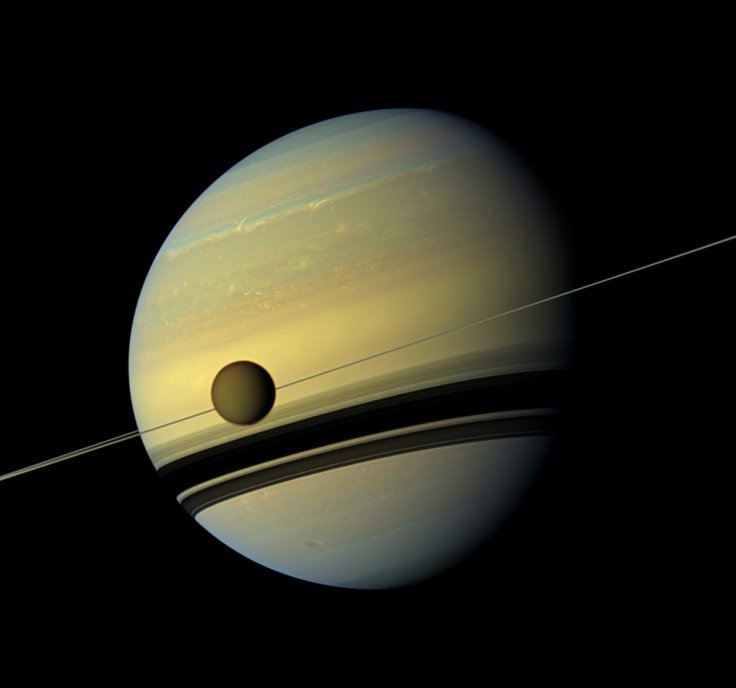
A new study apparently has cracked the mystery behind the thick atmosphere of Saturn's moon Titan.
It should be noted that the thick nitrogen atmosphere of Titan has been perplexing experts for many years and the dense atmosphere in this moon usually creates a haze around it, thus blocking the sun's rays. As the nitrogen filled atmosphere is seven times more massive than the earth's atmosphere, it is quite hard to see the surface even during day time.
Even though 95 percent of Titan is loaded with nitrogen, five percent of this moon has methane. The real source behind this emission was subject to debates among space experts.
Methane reacts in the atmosphere quite quickly to form organic compounds which fall to the surface of a planet. But in the case of Titan, its atmosphere still has methane in it, which indicates that the element has been replenished somehow, or the atmosphere might be having methane in large quantities for years.
In the recent study, published in the Astrophysical Journal, scientists analyzed data collected by European Space Agency's Rosetta spacecraft and revealed that the thick atmosphere in Titan's moon is generated in parts by the cooking of organic materials in the moon's interior.
The study also added that nearly half of the nitrogen and almost complete methane in the Titan's atmosphere might be coming from the heart of the Titan. When Titan gets heated, it releases nitrogen and methane and this is considered as the real cause behind the thick atmosphere.
"The main theory has been that ammonia ice from comets was converted, by impacts or photochemistry, into nitrogen to form Titan's atmosphere. While that may still be an important process, it neglects the effects of what we now know is a very substantial portion of comets: complex organic material. A lot of organic chemistry is no doubt happening on Titan, so it's an undeniable source of curiosity," said Kelly Miller, a top scientist at the Southwest Research Institute's Space Science and Engineering Division who was a part of this study in a statement.









